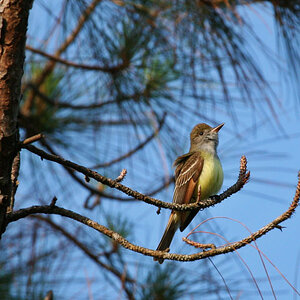chuasam
Been spending a lot of time on here!
- Joined
- Feb 9, 2012
- Messages
- 3,588
- Reaction score
- 928
- Can others edit my Photos
- Photos NOT OK to edit
I paid a bunch for my 105mm f/1.4...i'm damn well gonna use it at f/1.4Apparently using it in an extreme manner since it is an extreme lens. Some of us like to stop down to get better image quality but, apparently, those of us who do are becoming obsolete.........I want to use it at 1.2 in all conditions to get the full experience of the lens. ............
What, exactly, do you think 'the full experience' of a lens is?






![[No title]](/data/xfmg/thumbnail/31/31096-b9b8d52b45753cd4f9251832149ef9da.jpg?1619734613)
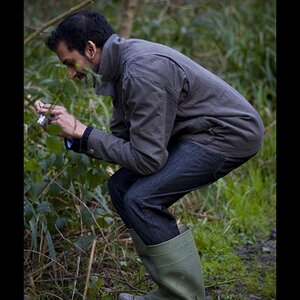
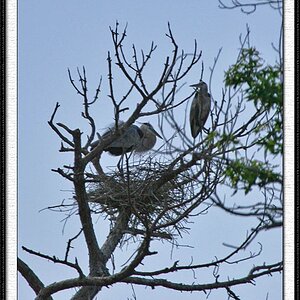
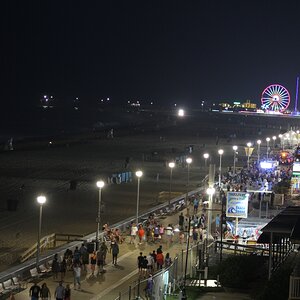
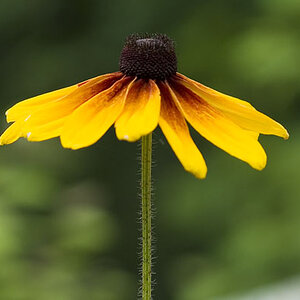
![[No title]](/data/xfmg/thumbnail/31/31097-95606cf1bf0ecc862078bc333f20d4f7.jpg?1619734614)
![[No title]](/data/xfmg/thumbnail/30/30988-aef3845b94a67d6dcce6e4e59d5d66c3.jpg?1619734553)
